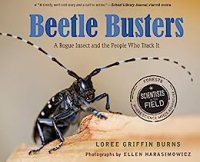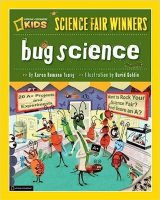by Kari Lavelle (Sourcebooks)
 Informative ones:
Informative ones:Bubonic Panic: When Plague Invaded America by Gail Jarrow (Calkins Creek)

Science books with poetry:
Water Is Water: A Book About the Water Cycle by Miranda Paul (Roaring Brook Press)

Fun, activity-filled books:
The Secret Science of Sports by Jennifer Swanson
But how many of you actually think of fiction books when I say “science”? You should! Science is finding its way into many different fiction books these days. It’s a great thing, especially for us science lovers out there. And why not? Science is exciting, interesting, and innovative. It can add depth, intrigue, mystery, and even action-adventure to your fiction manuscript. Those all sound like good traits to put in a book, don’t they? Science in fiction invites readers to ask questions and perhaps to even go out on their own and do research to learn more about a topic. It can help explain a difficult topic or even introduce the reader to a brand-new technology. The best part is that there is a well-rounded storyline to go with it.
Fiction books with science in them are earning top awards, too. Check out a few of these favorites:
 Space Case (Moon Base Alpha) by Stuart Gibbs (Simon and Schuster BFYR)
Space Case (Moon Base Alpha) by Stuart Gibbs (Simon and Schuster BFYR)
These are just a couple examples of fiction books that are out there with science in them.
And let me also say that you don’t need a degree in science to write a book about science. Just be sure that you do your research, and do it well. But sometimes not knowing having a science background can make it easier for you to relate to your author. You might even think about science in a different way.
So, go ahead and try it!
SCIENCE ROCKS!
























